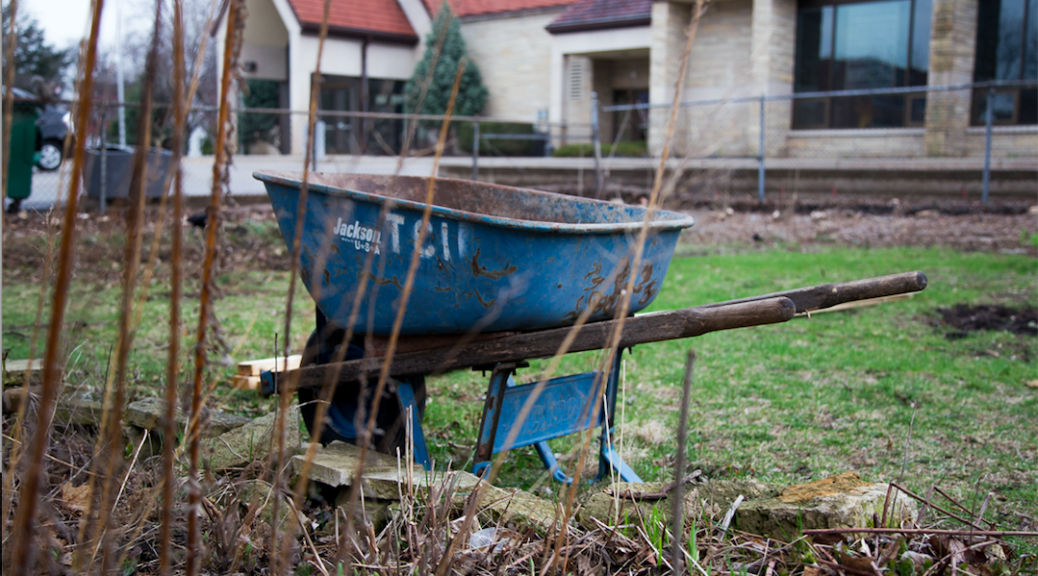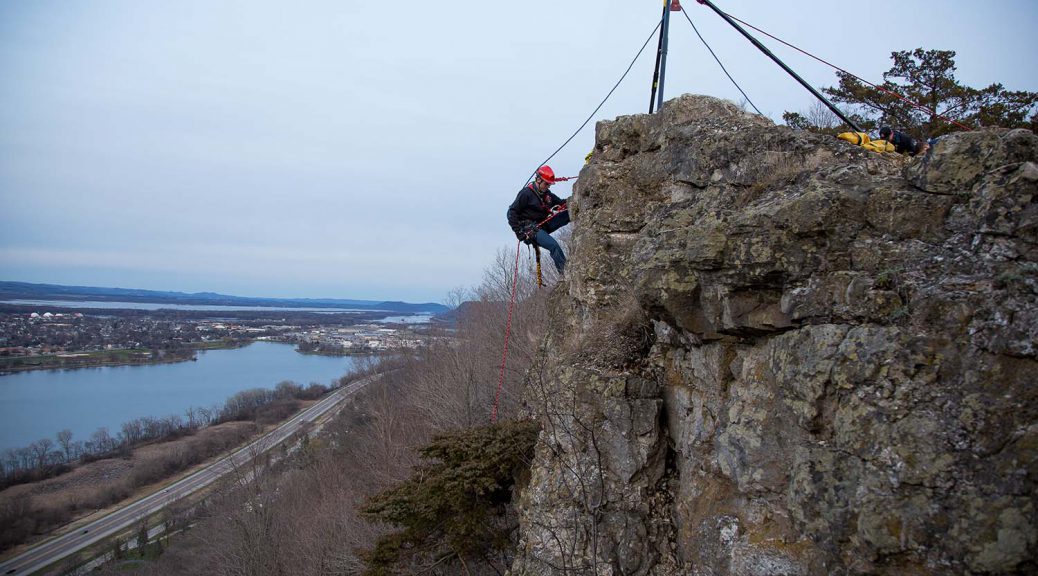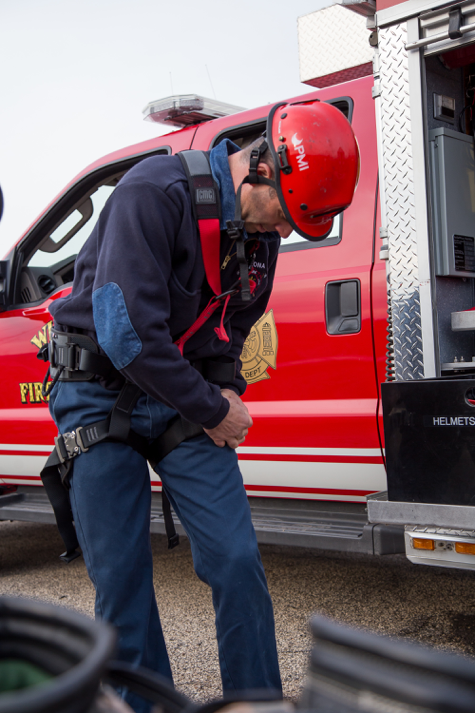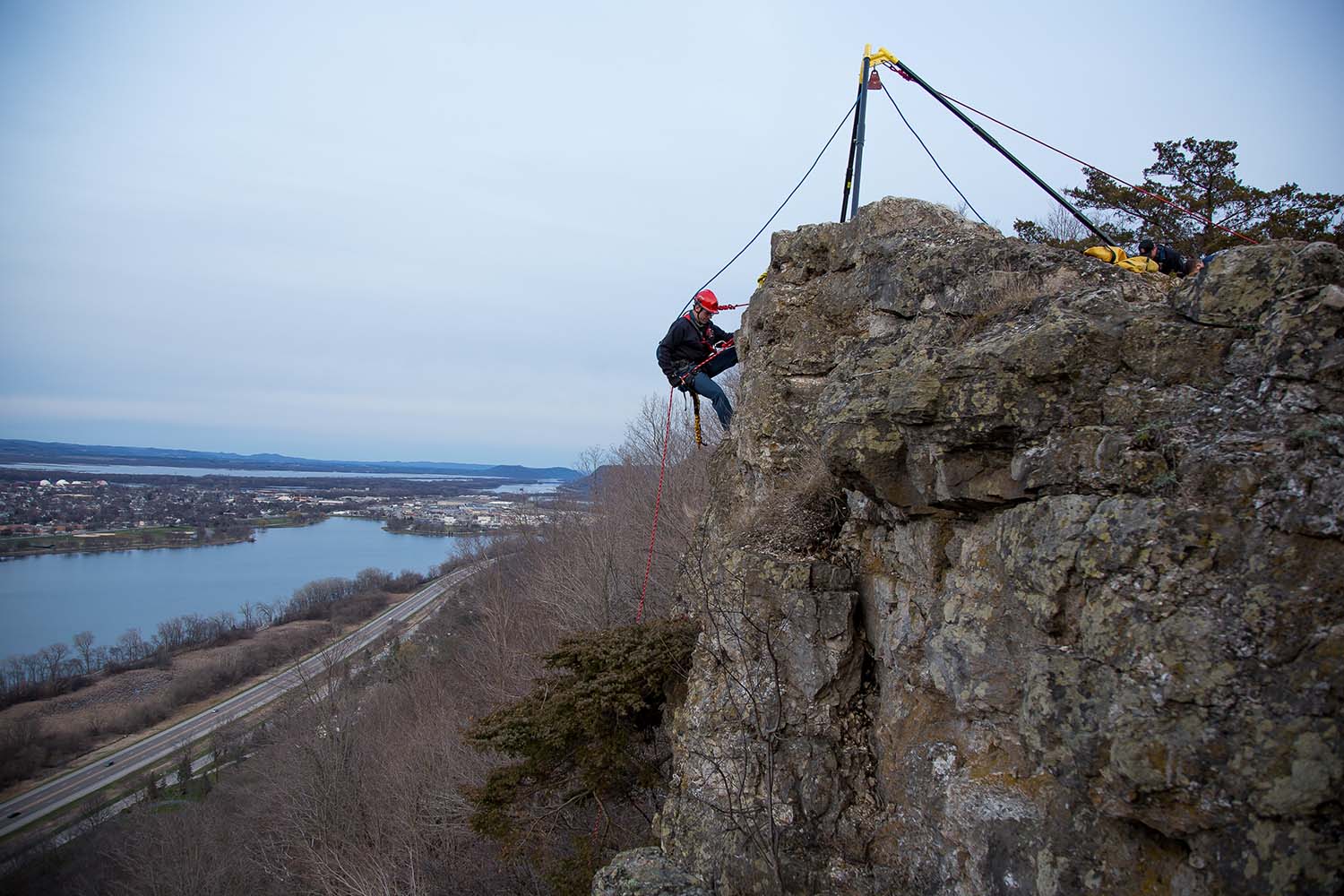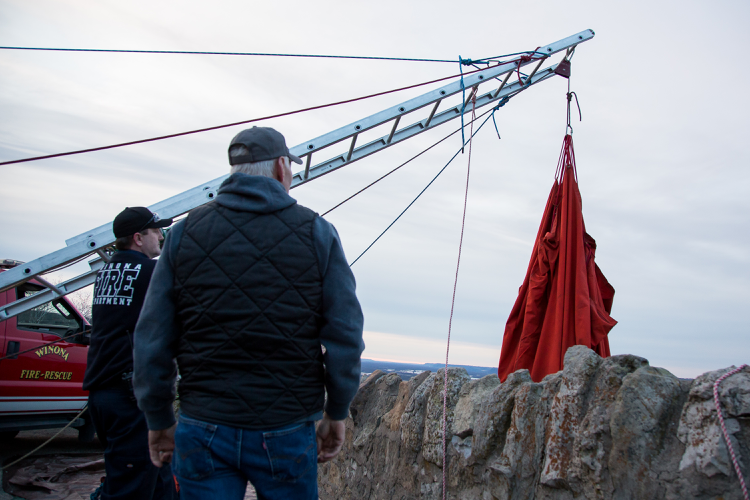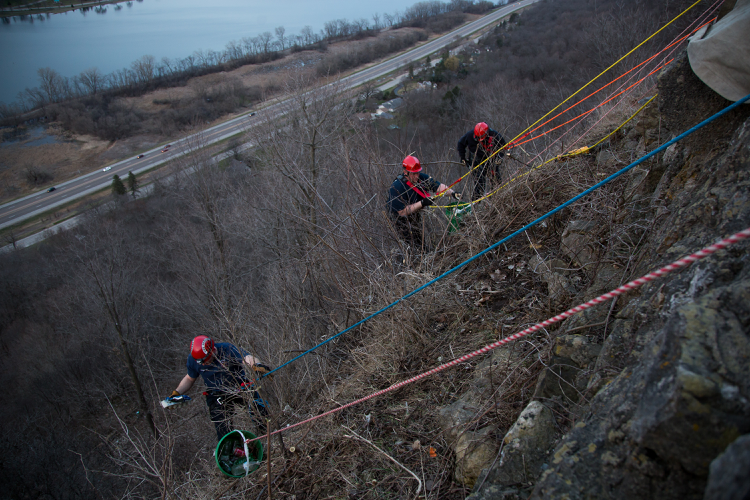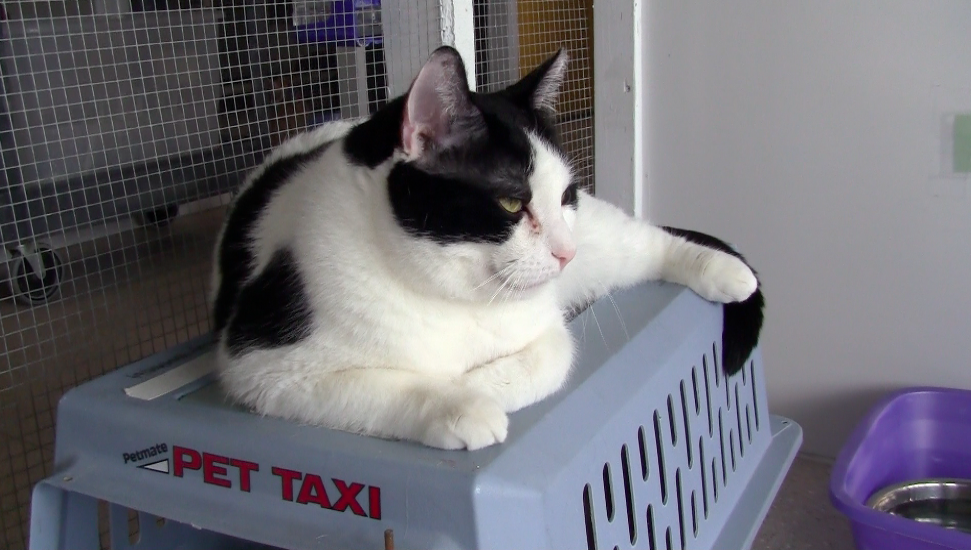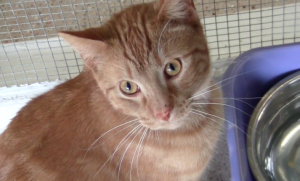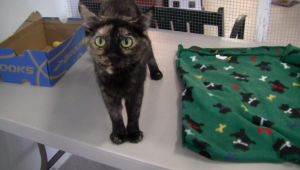by Elizabeth Pulanco, featured photo by Taylor Nyman
With the spring season underway, flowers and outdoor projects are in bloom.
At Winona State University, the process of creating a community garden has taken root with the construction of a raised soil bed on April 15.
The Winona State SEED Garden is located on West 8th Street across from academic buildings on the Winona State Campus.
The SEED (sustainable, edible, educational, discovery) Garden has been in development for several years. Sophomore Jackson Ramsland has been the most recent student to take on the task.
Ramsland said his involvement with the garden began during spring semester of 2016 when friend of his, Allison Bettin asked if he wanted to take over the planning.
“Being very interested in gardening, I said ‘yes’ and took on the project,” Ramsland said.
Ramsland said his interest in gardening is connected to his time spent in the many gardens at his childhood home and summer jobs working at tree nurseries and organic farms.
“When I was growing up, my family had a pretty big plot of land so we had a lot of gardens,” Ramsland said. “We had a flower garden in the front yard and in the backyard, we had a couple of raised bed food gardens and we would always grow tomatoes and zucchinis.”
Ramsland said he had weekly meetings with faculty members, members of the university’s arboretum committee and the health and wellness department.
From the beginning, Ramsland said the creation of the garden has been a group effort.
“I have established some very important relationships with faculty members, student groups that are interested in working outside,” Ramsland said.
Jonathon Mauser, a chemistry professor and member of Winona State’s arboretum committee was also interested in the project and worked with Ramsland to find resources and funds to move the project forward.
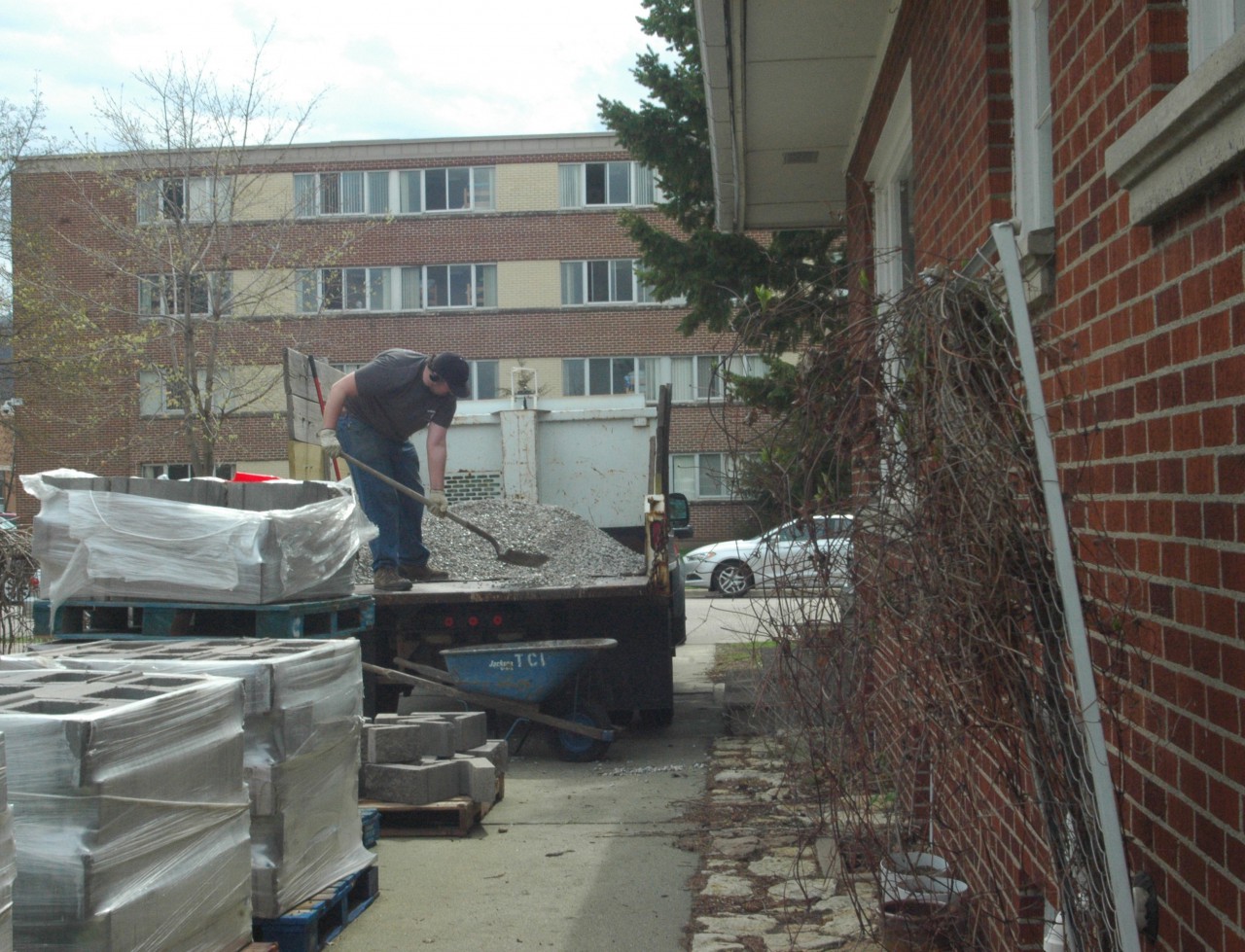
Mauser said he had previous experiences working with community gardens and helped build the garden for his alma mater, the University of Portland in Oregon.
“I was an undergrad, so at this point I was on the student side of it and it is kind of fun to be on the other side of it now and kind of come full circle,” Mauser said.
According to Mauser, Winona State’s SEED Garden is being funded by the university’s Green Fee.
“The Green Fee is a payment that every student pays starting this term It is a part of their tuition fees,” Mauser said. “The Green Fee has gone to support this community garden and has also supported the spread of recycling bins on campus, which is going to be happening soon.”
The Green Fee also paid for reusable water bottles given to first-year students when they arrive on campus.
According to Mauser, the mission for this project is an accumulation of different elements and involves different aspects of the university community.
Ramsland said produce from the garden will be donated to the Warrior Cupboard, which is a food shelf that will be located in Winona State’s Integrated Wellness Center. Ramsland said this produce will be used to help combat food inequity and insecurity.
“About 56 percent of Winona State students qualify as being food insecure,” Ramsland said. “One of the biggest things with food insecurity is that most people aren’t getting adequate amounts of fruit and vegetables, so if students start using the garden, we hope that it will become very popular and that students will be getting the food that they need.”
Along with giving food to the Warrior Cupboard, Ramsland said hewould like to find a mobile way to distribute the produce from the garden around campus.
“I would love to set up a farm cart or something and drive around campus and give students produce. I think that it could be something that could become a very cool staple of Winona State,” Ramsland said. “I can’t think of a lot of campuses that I have visited that have had a garden of this size for this purpose.”
At the moment, volunteers for the garden are working on the raised soil bed which will hold most of the produce. Ramsland said the plan is to have the soil bed finished by the week of April 24 and start putting plants into the ground by May 1.
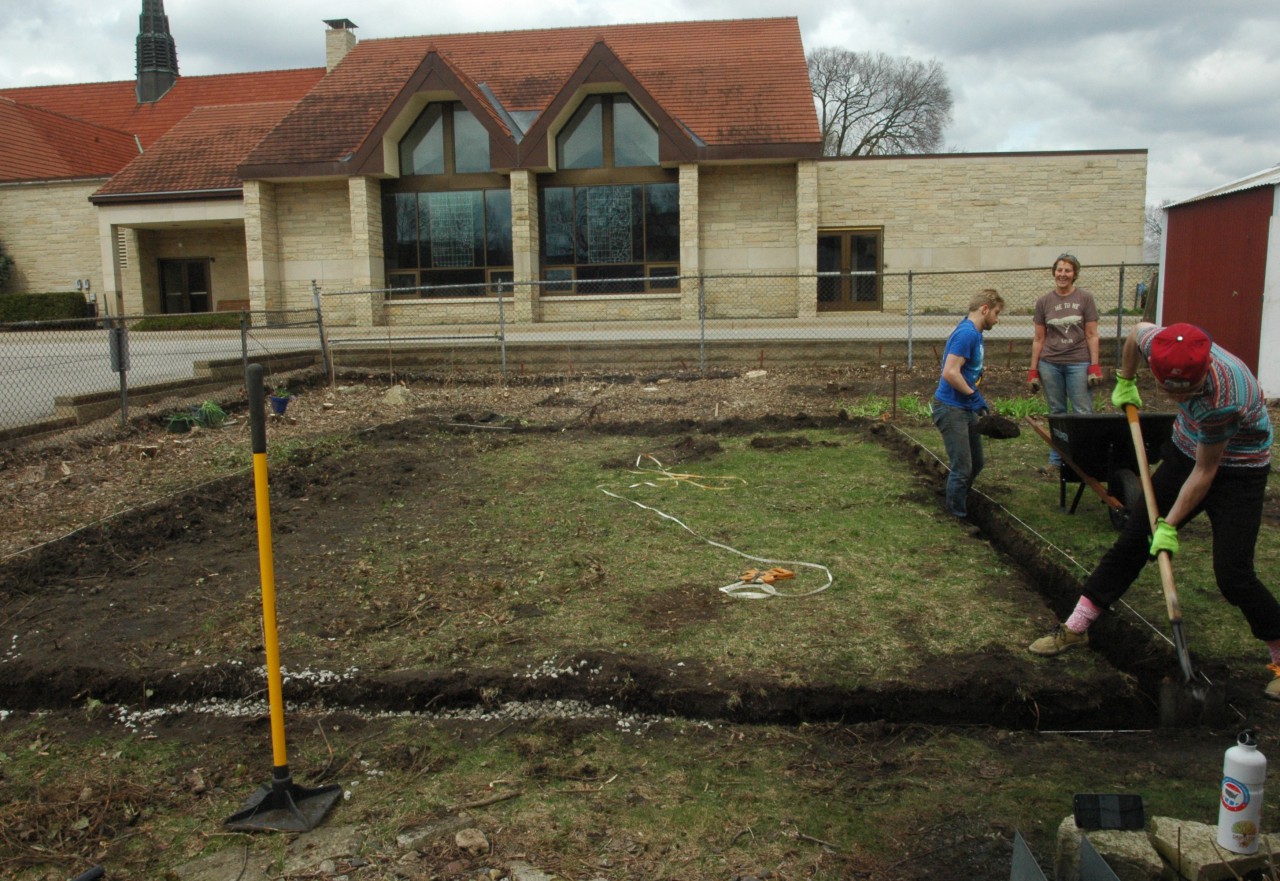
Continue reading Winona State Community Garden Brings Students, Professors Together
